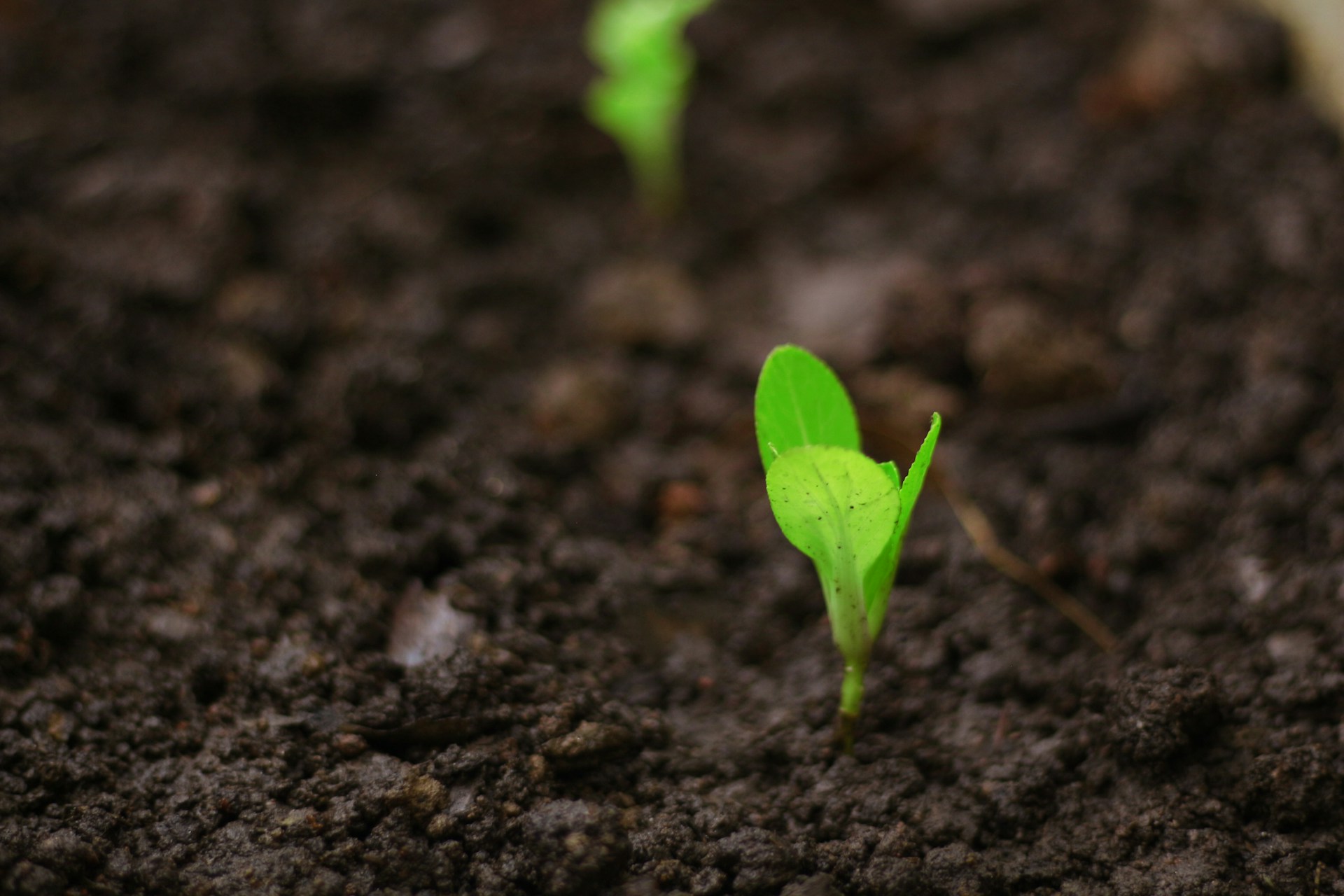We can’t help but eye our neighbor’s garden with jealousy every year it comes to life—and it’s tempting to think, “I should do that.” It won’t be easy, but nothing is stopping you from starting! Here are 20 quick tips every beginner gardener should know.
1. Know Your Area
Gardening begins with understanding your area. Research when the frost season is, learn more about the climate, and check seed packets for growing zones. It might seem a little overwhelming, but plenty of in-depth information exists online or can be found with gardening experts.
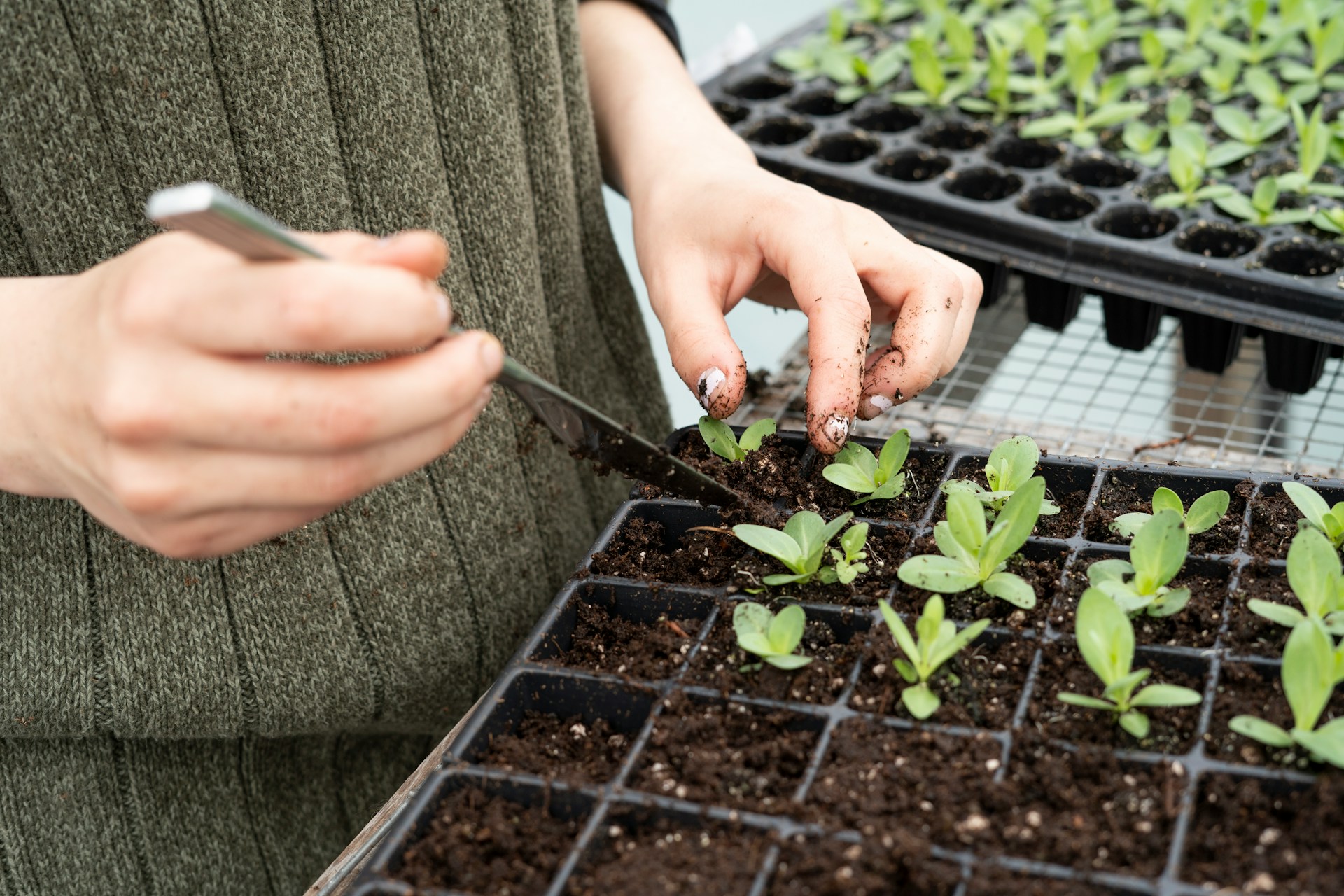 Photo by Zoe Schaeffer on Unsplash
Photo by Zoe Schaeffer on Unsplash
2. Start Small
You’ve got ambition and that’s great! But it’s more sensible for beginners to keep it casual so you can learn the lay of the land. Gardening requires a lot of work and over-eager gardens get overwhelming quick.
 Photo by Markus Spiske on Unsplash
Photo by Markus Spiske on Unsplash
3. Pick the Right Spot
Regardless of what you grow, plants come with individual needs. Ones that thrive in sunlight won’t do well if they’re left in a shaded area. Wherever you plan to garden, study which spots have the most light and plant accordingly!
 Photo by Ona Creative on Unsplash
Photo by Ona Creative on Unsplash
4. Have a Plan
Even if you start small, you’ll need to learn about the right tools, sun patterns, how to water, pest control methods, proper spacing, the right soil and fertilizer…the list goes on! A good way to ensure you stay on track is to have a plan of action beforehand.
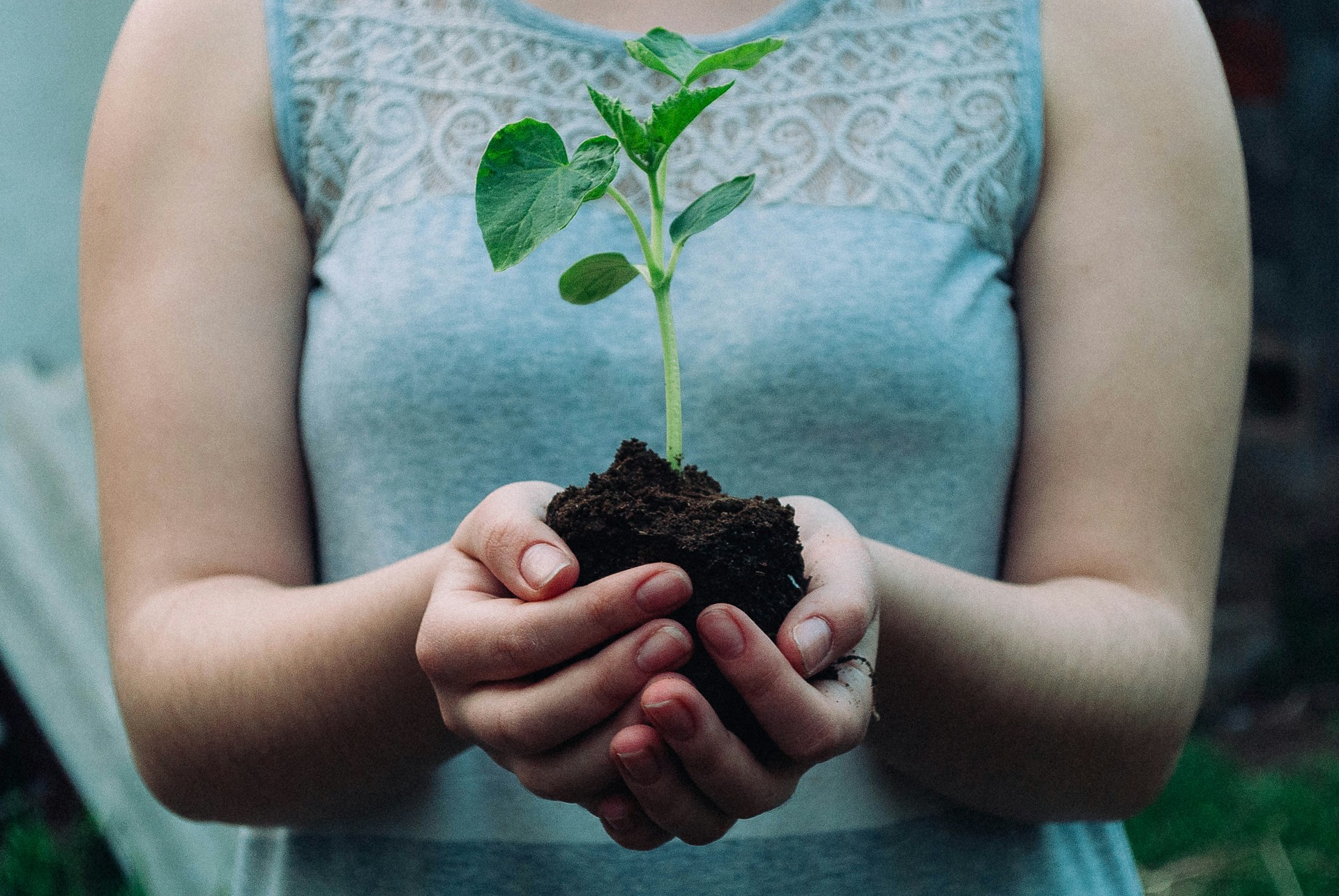 Photo by Nikola Jovanovic on Unsplash
Photo by Nikola Jovanovic on Unsplash
5. Do a Soil Test
Soil is a crucial part of plant health, but it’s more complicated than you think. You’ll need to know the texture of your soil and its pH levels, so grab a soil test kit to make life easier. Once you know what you’re dealing with, you’ll better understand what plants will thrive where.
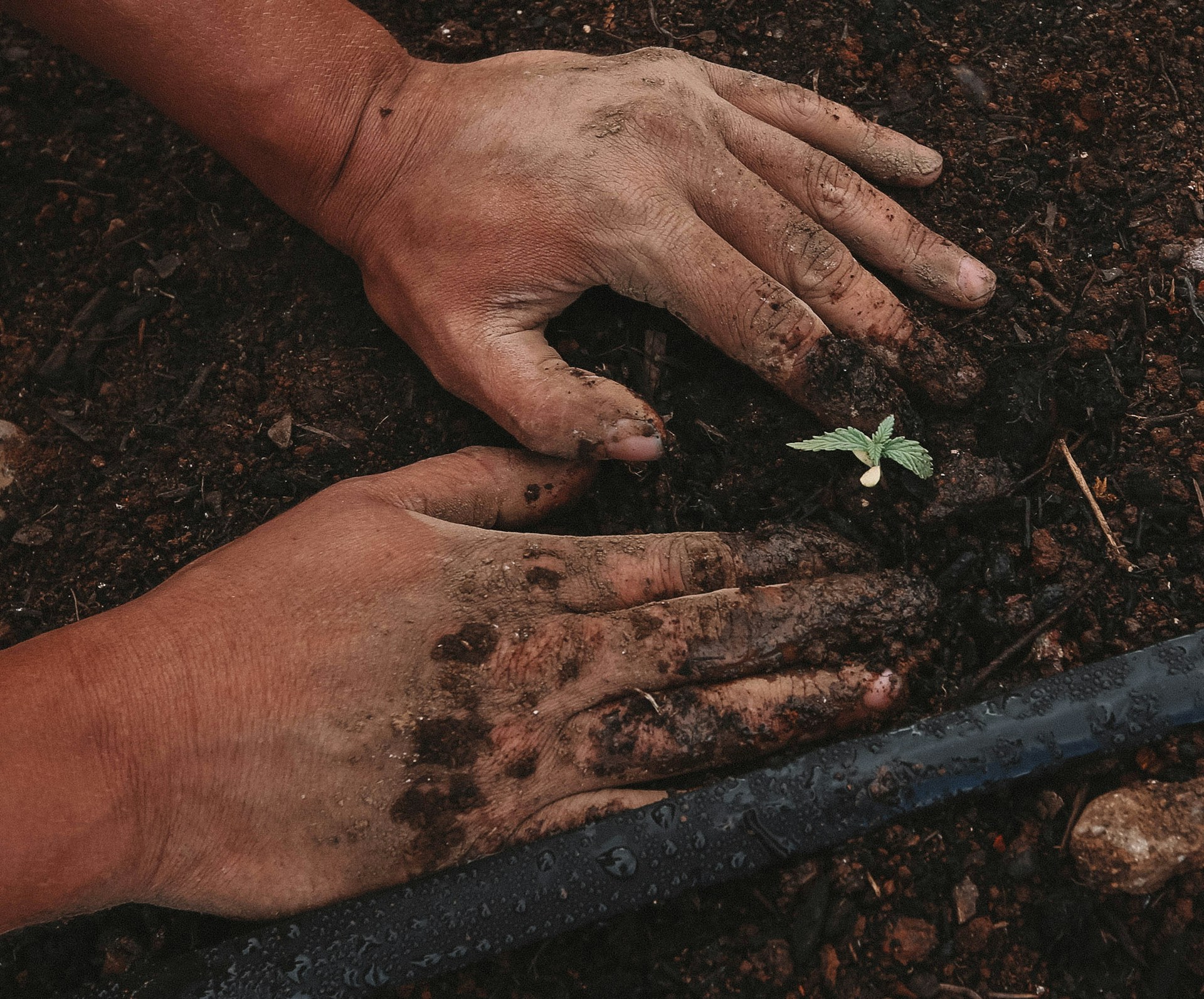 Photo by GreenForce Staffing on Unsplash
Photo by GreenForce Staffing on Unsplash
6. Space Plants Evenly
We want our plants to be neighbors, but they shouldn’t live on top of each other. Seed packets often tell you how much space you need between plants so heed the advice. Overcrowded plants won’t grow properly because they fight for water, sunlight, and nutrients in the soil.
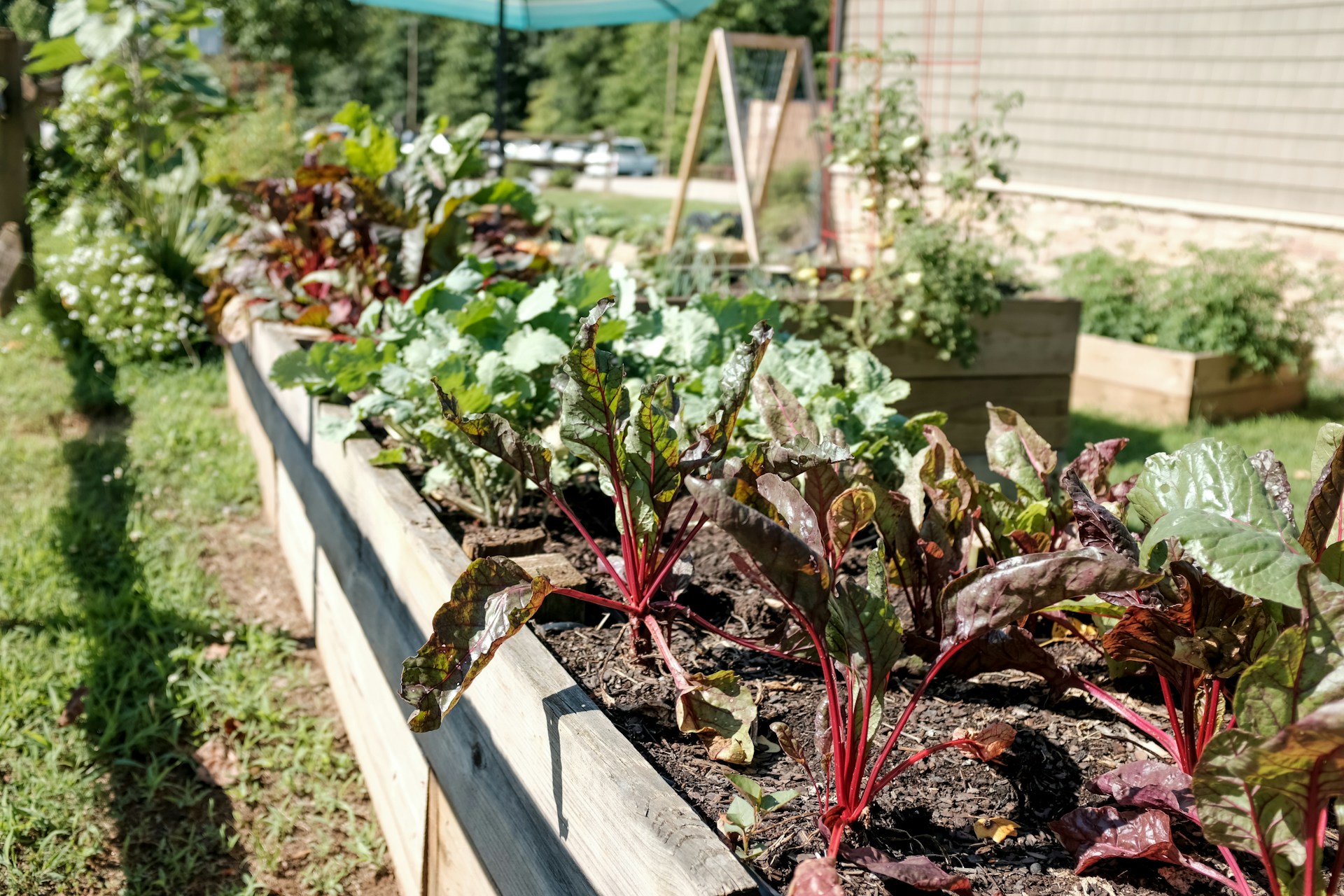 Photo by Jonathan Hanna on Unsplash
Photo by Jonathan Hanna on Unsplash
7. Go Natural
By now you’ve probably heard the story of harmful pesticides and chemicals ruining food or crops. Keep that in mind! Stick with organic fertilizers because while they might stunt the growth process, they do wonders for the soil.
 Photo by Sandie Clarke on Unsplash
Photo by Sandie Clarke on Unsplash
8. Invest in Good Tools
A good gardener needs good tools. Spades, shears, trowels, rakes, and watering cans are all great places to start! A wheelbarrow also helps out a ton and a good shovel comes in handy, too.
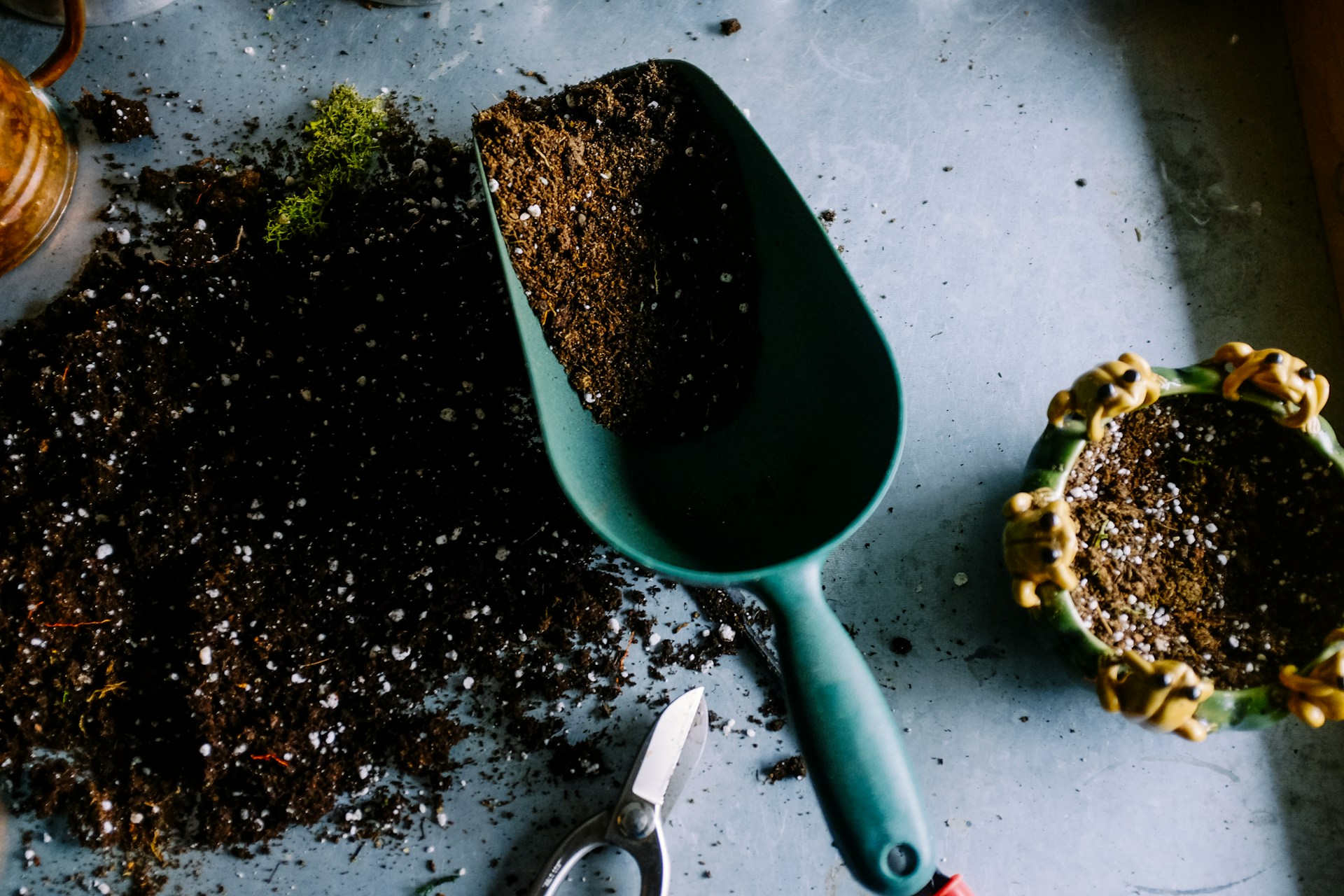 Photo by Neslihan Gunaydin on Unsplash
Photo by Neslihan Gunaydin on Unsplash
9. Learn How to Weed
If weeds sprout in your garden, the best course of action is to yank them out when the soil is wet. Use your hands or a weeding tool to get rid of them either after it rains or after you’ve watered—and don’t leave any roots behind!
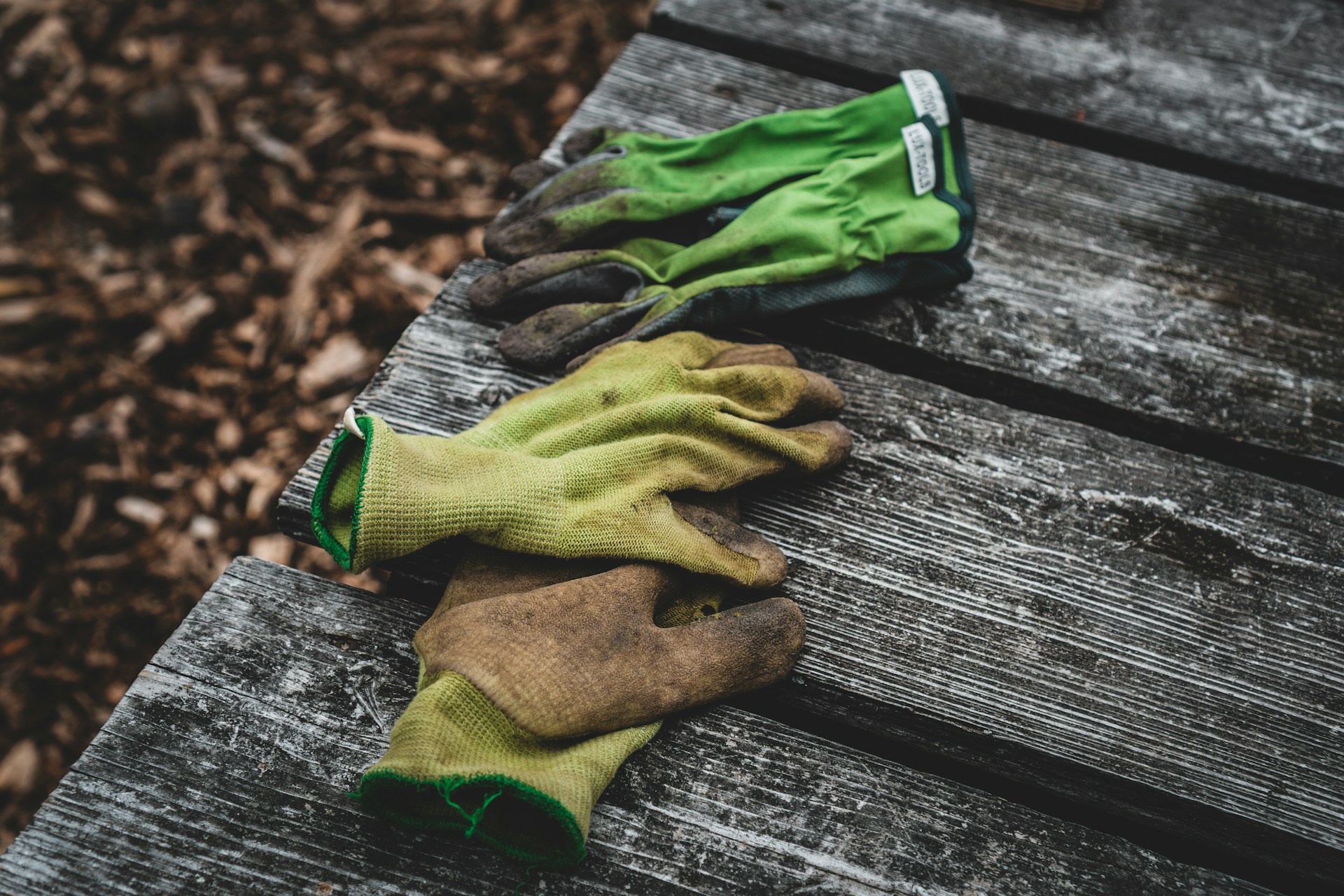 Photo by Jonathan Kemper on Unsplash
Photo by Jonathan Kemper on Unsplash
10. Water Correctly
You probably guessed that too little water makes an unhappy plant. But too much water also causes damage, so it’s best to know what your plant needs. A good rule for beginners is to stick your finger roughly two inches into the soil—it’s time to water if the soil is dry.
 Photo by Filip Urban on Unsplash
Photo by Filip Urban on Unsplash
11. Don’t Misuse Mulch
Mulch keeps the weeds away and retains moisture for your plants, so it’s a must. Common practice is to apply a two-inch thick layer of mulch, which is the sweet spot to keep away weeds and maintain plant health.
 Photo by Jonathan Kemper on Unsplash
Photo by Jonathan Kemper on Unsplash
12. Be Honest
How much time will you honestly have to garden? Some plants require more care than others, so if your schedule is often full, look into low-maintenance plants that thrive on their own.
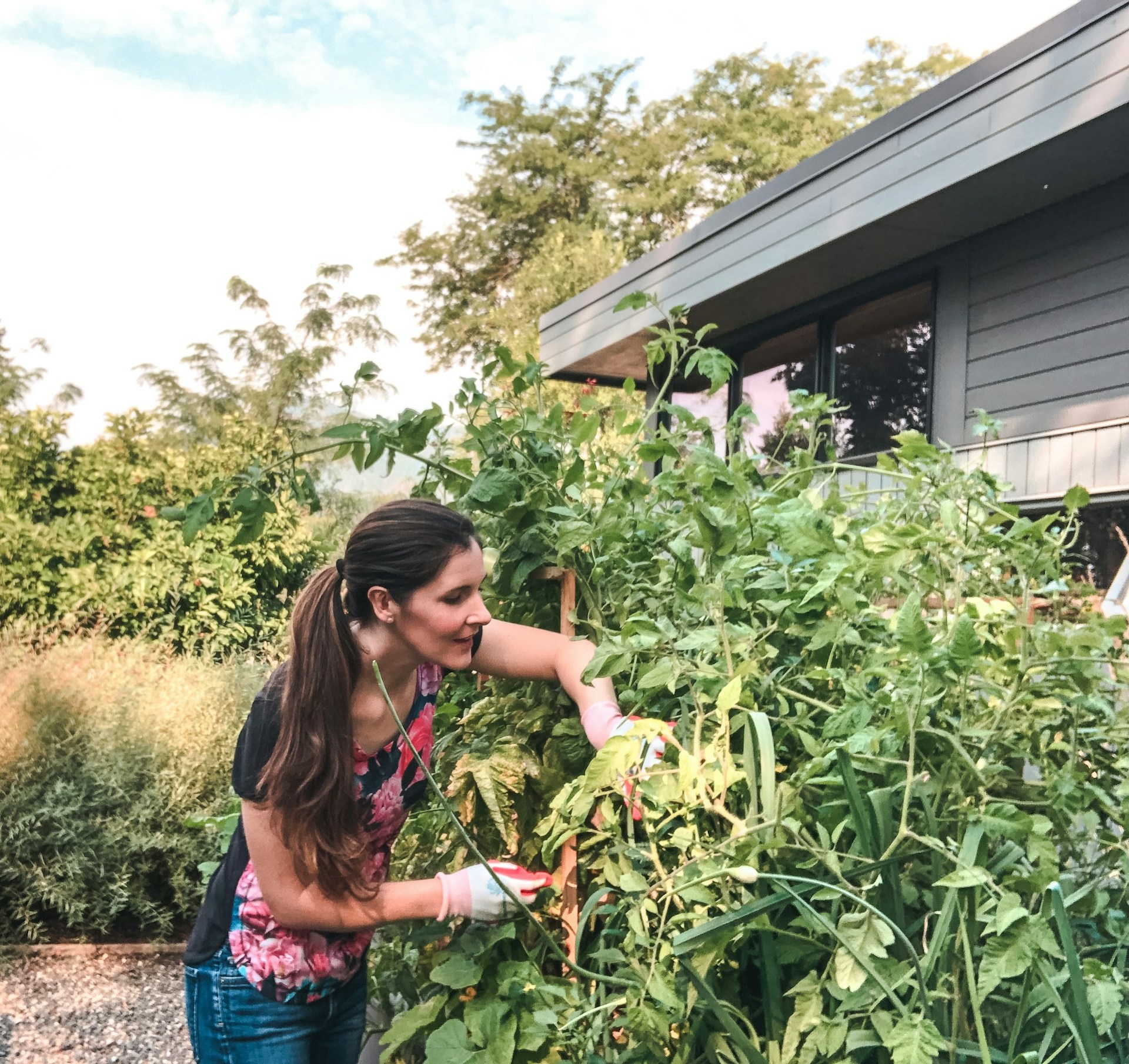 Photo by Mary Jane Duford on Unsplash
Photo by Mary Jane Duford on Unsplash
13. Know When to Prune
Prune regularly to promote plant growth and appearance. Speak with professionals at a gardening center or research proper techniques to ensure you don’t snip a plant down to its bud.
 Photo by Crystal Jo on Unsplash
Photo by Crystal Jo on Unsplash
14. Designate Indoor Spots
Believe it or not, gardening extends indoors. If you’re working with plants in the wintertime, it’s possible to get a head start by growing them indoors first—the process is known as seed starting. Online guides or garden centers are perfect resources to learn how best to start!
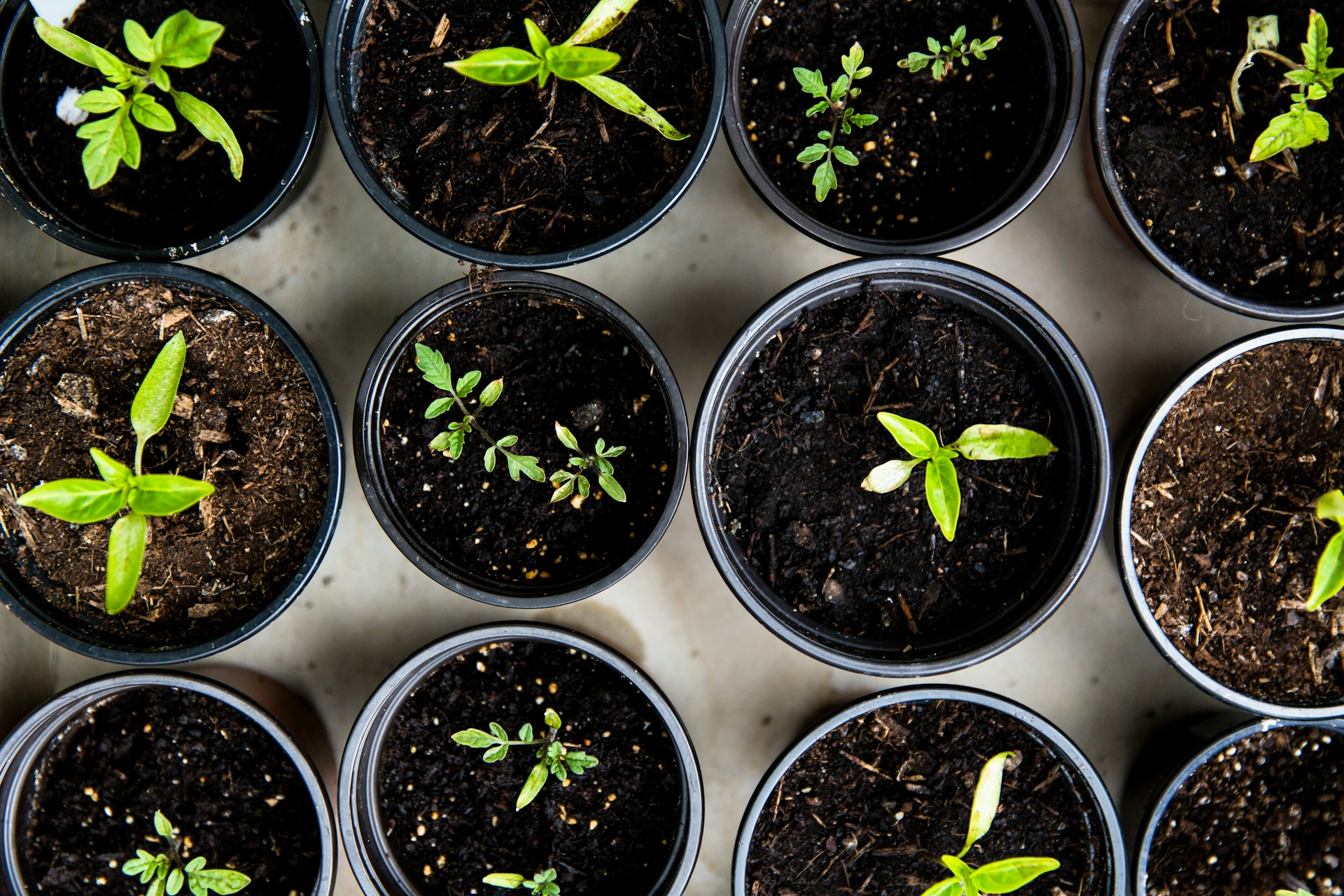 Photo by Markus Spiske on Unsplash
Photo by Markus Spiske on Unsplash
15. Hold on to Seed Packets
If you’re confused about how to care for herbs or flowers, turn to the seed packet! Packets typically come with useful care information that you can refer to when need be.
 Photo by Markus Spiske on Unsplash
Photo by Markus Spiske on Unsplash
16. Prepare for Rodents
Once your garden flourishes, creatures in your neighborhood notice. You can humanely deter rodents by planting certain herbs around your garden, turning compost, or building fences.
 Photo by Markus Spiske on Unsplash
Photo by Markus Spiske on Unsplash
17. Use Compost
Based on the plants you grow and the soil you have, there are all kinds of organic compost options. Speak with a professional to learn more about what you can pull from your compost bin to incorporate into your garden!
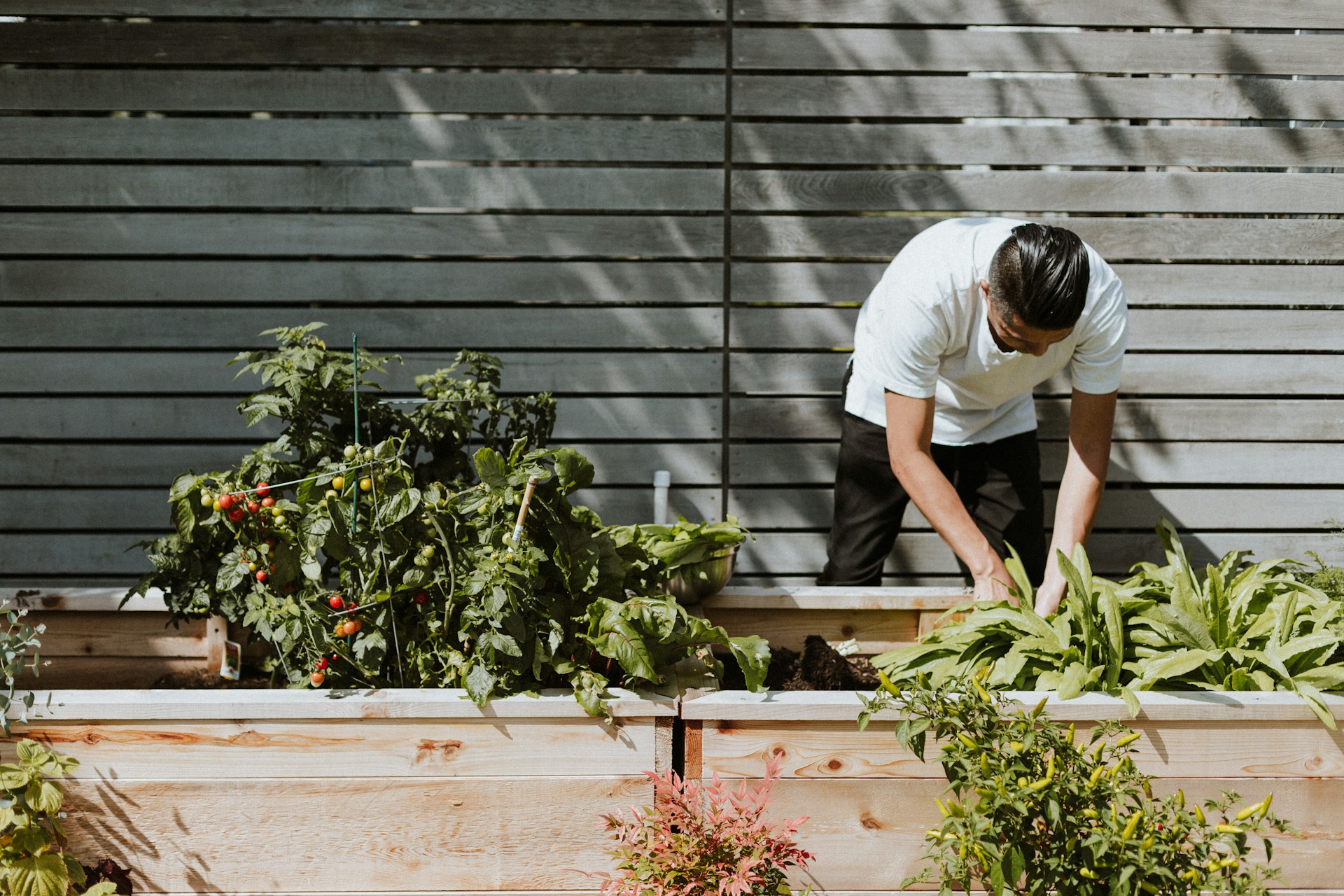 Photo by Priscilla Du Preez 🇨🇦 on Unsplash
Photo by Priscilla Du Preez 🇨🇦 on Unsplash
18. Look Out for Pests
It’s easy to fret over what is and is not a garden pest, but some common ones to look for are aphids, earwigs, and certain beetles. Removal varies from homemade solutions to watering plants with a stronger blast.
 Photo by Mary Jane Duford on Unsplash
Photo by Mary Jane Duford on Unsplash
19. Harvest the Right Way
If you’re growing fruits and vegetables, you need to know how best to harvest them! Some foods can be plucked with ease while others may need to be cut for proper removal. Be sure to frequently check in on plants, too, because something like tomatoes come in faster and more often than you think!
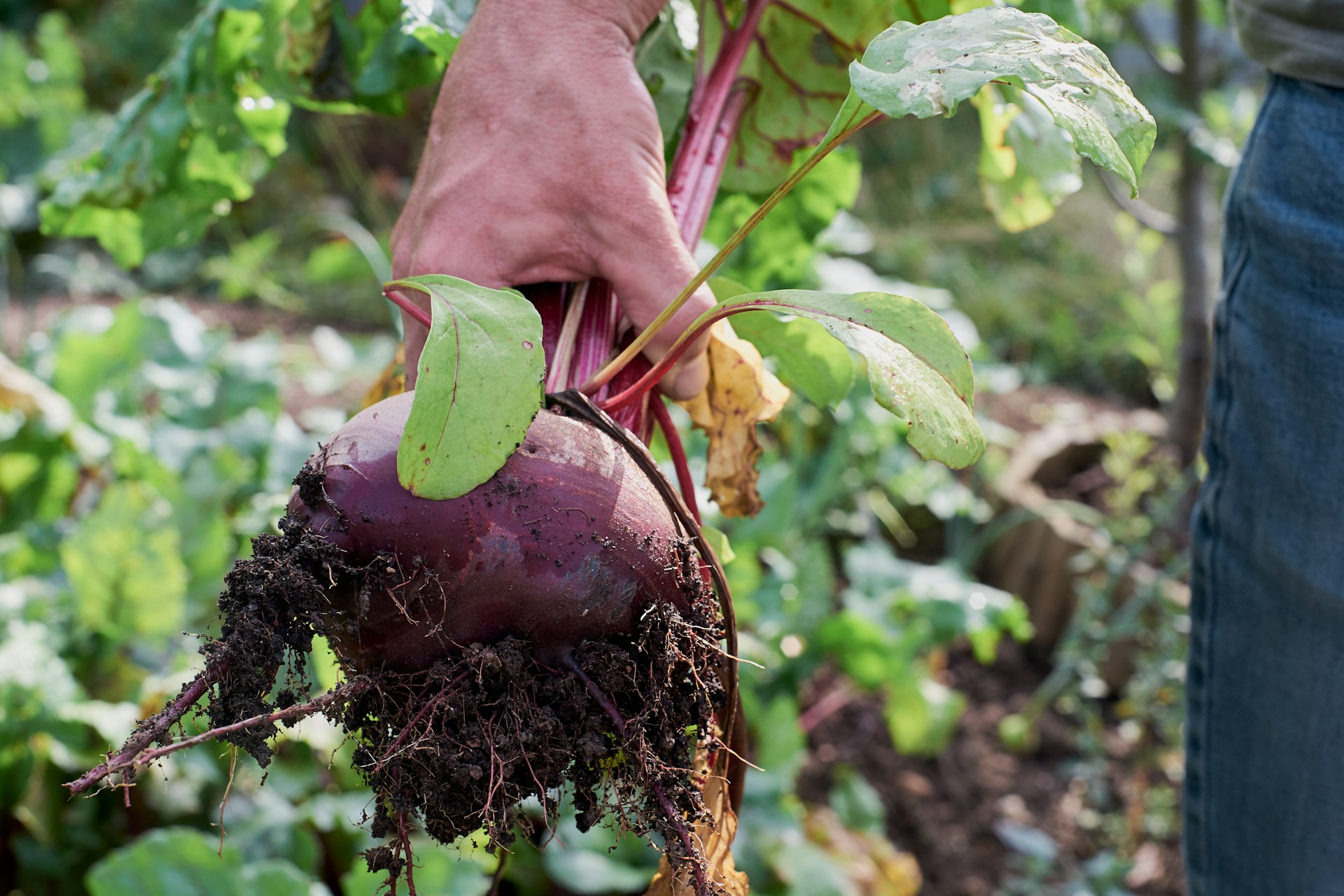 Photo by Rasa Kasparaviciene on Unsplash
Photo by Rasa Kasparaviciene on Unsplash
20. Practice Patience
Your garden isn’t going to spring to life in a day—and it won’t maintain itself either. If you’re a beginner, patience is key as you grow alongside your garden! Don’t bite off more than you can chew and be kind to yourself throughout the process.


